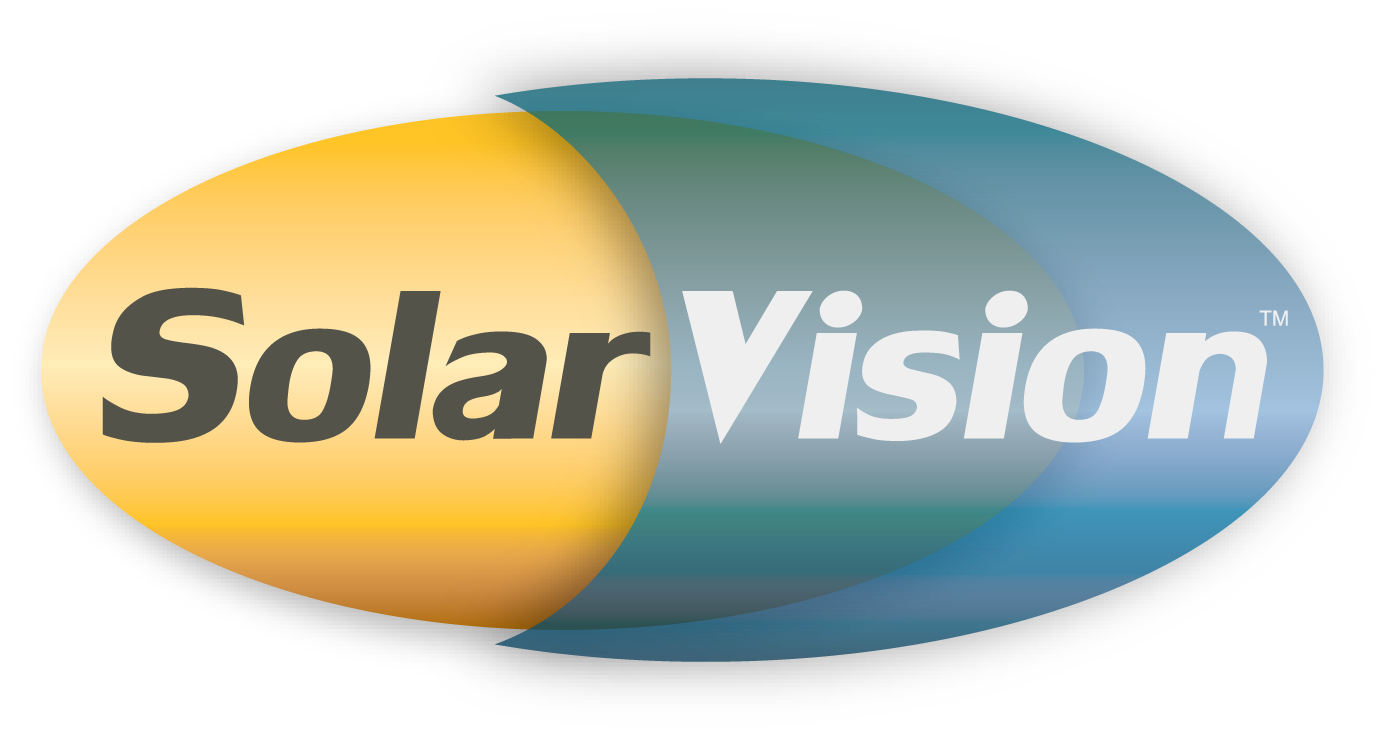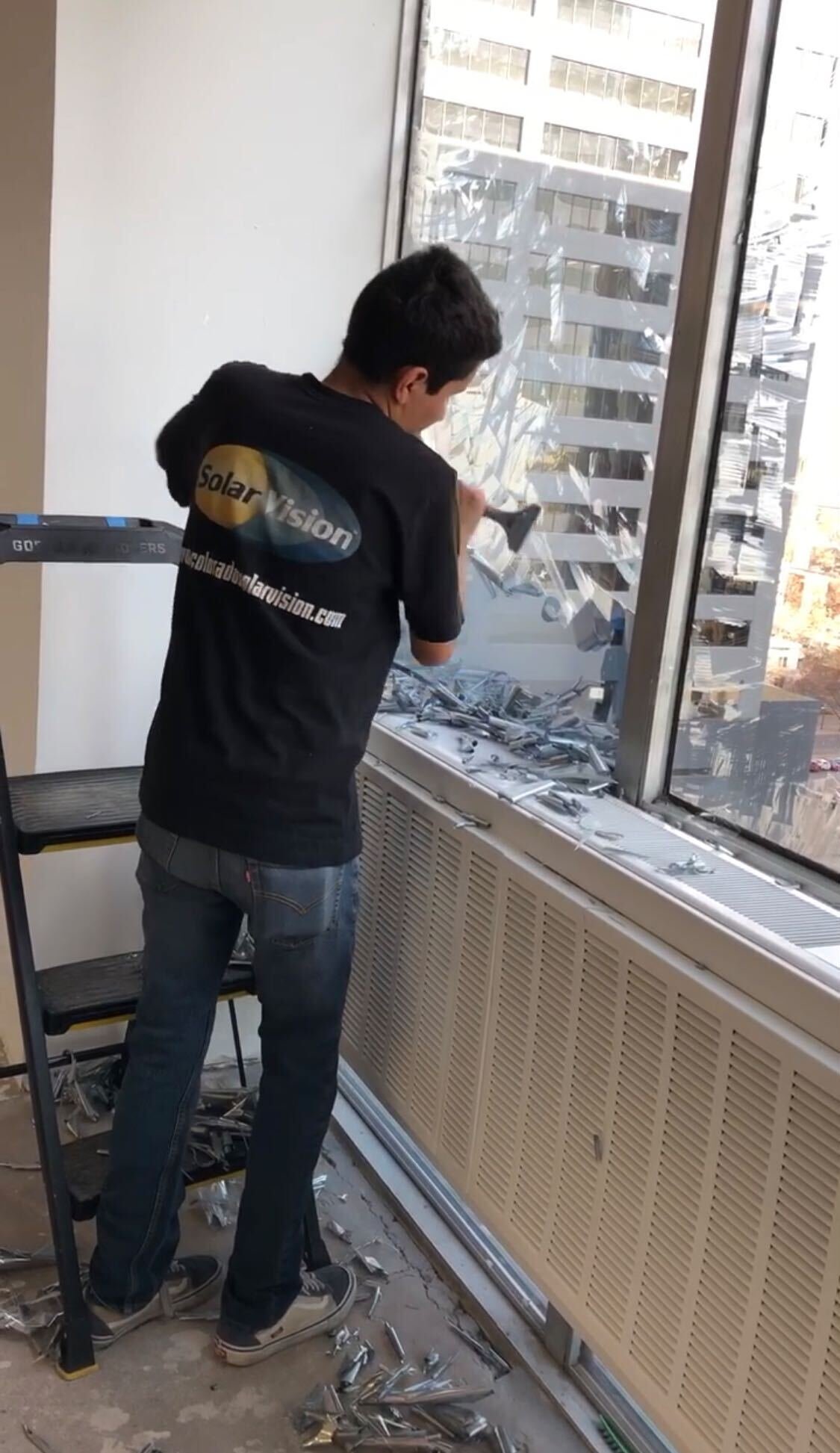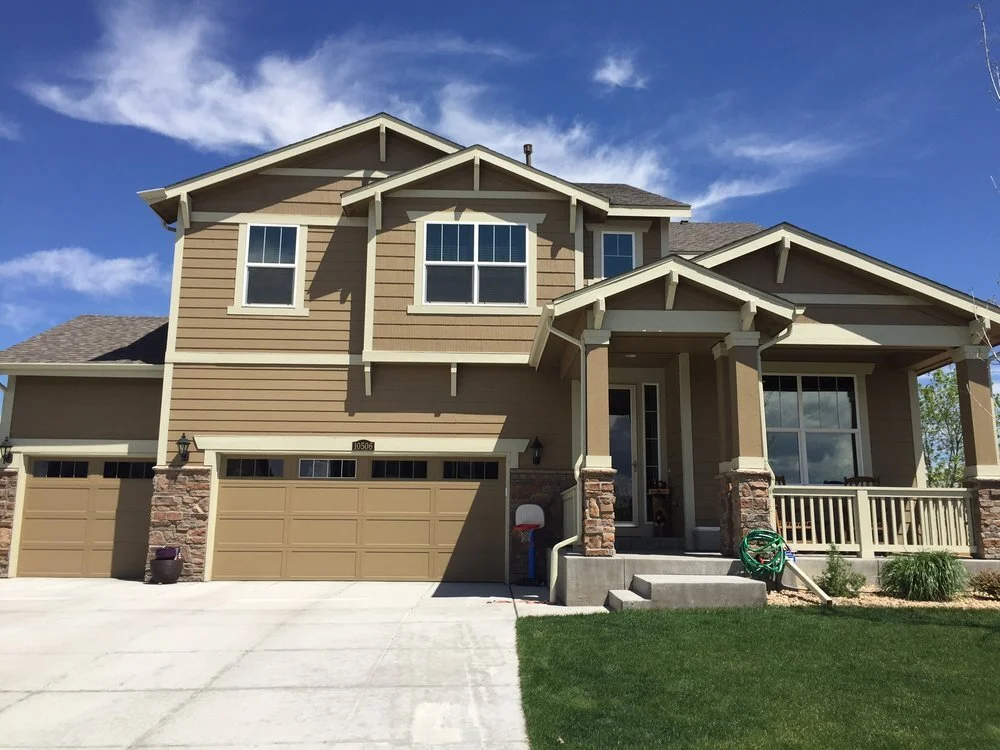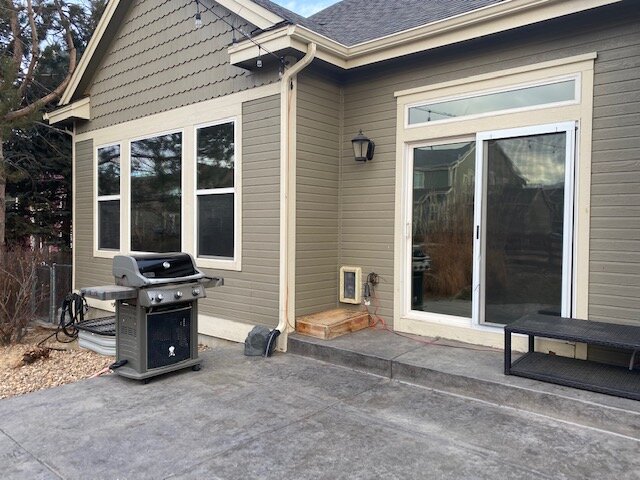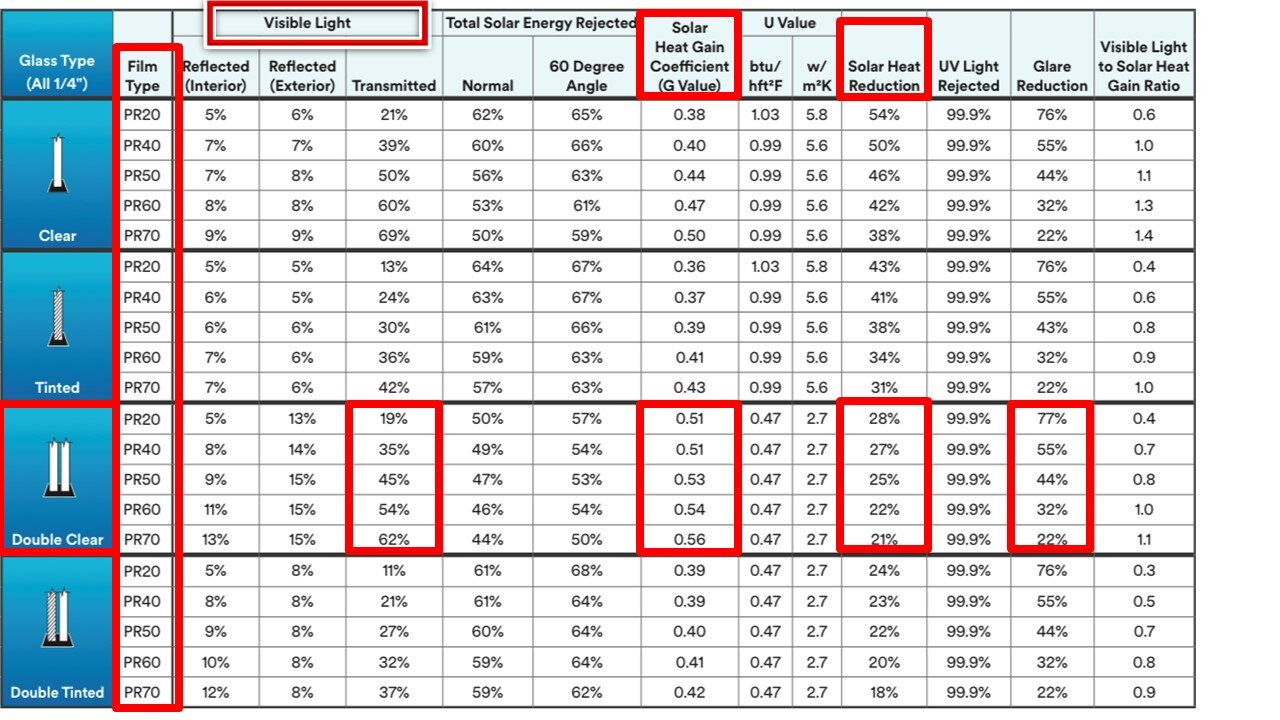So you’re looking to add some solar control window film to your windows, and aren’t quite sure about which direction you want to go. You’ve edited your choices to interior Night Vision and Prestige, now it’s time to decide which one, and with 6 options that can be difficult. So in order to make this easier lets decide whether we’re going with Night Vision or Prestige, then we can limit our choices to 3 options and make a film decision from there.
When deciding whether or not you want to go with Night Vision or Prestige you have to determine exactly what your needs are. If your needs include glare, then you’ll be able to eliminate Prestige pretty quickly, as 3M Prestige Window Film will not help much with glare issues. If you are not willing to darken your windows and don’t want a reflective film than it’ll be easy to eliminate Night Vision.
3M Night Vision 15
When Night Vision is a better option than Prestige:
Glare Issues
Budget Conscious
Best Heat Control Possible
When 3M Interior Prestige is a better option than Night Vision:
3M Prestige 50
Wood Frames or French Paned Windows
Want to allow as much light as possible
Do not want to change the aesthetic of your home or office
Once you’re able to determine what the main issues your are experiencing with your windows are, you can decide which direction to go quite quickly. In my opinion, if you’re looking to reduce glare, and heat, the best interior film option will be Night Vision 15. Along with a 43% heat reduction, this film comes with a great price point. In my opinion 3M Night Vision 15 offers the most bang for your buck.
If you have Wood Frames, French Panes, or incredible views, my expert suggestion would be 3M Interior Prestige 50. This film provides a 25% heat reduction, and in my opinion makes your views even better by adding just a tinge of shade which enhances the outdoor colors and views. It’s my personal favorite.
There are so many film options which can make deciding difficult, but with all the options it allows customers to customize a film choice specific to their needs. I hope this BLOG will make it easier to decide which interior film product will work best for you.
We just went over our interior products here, but also have amazing exterior products for those looking to reduce as much heat as possible. Check out our Exterior Window Film Blog post to learn more about our exterior film options.
If you have questions, please feel free to reach out to us at 303-862-6376 or info@coloradosolarvision.com.
By, Shelley Meador
